You can think of biometric authentication as your own individual security code! No more worrying about remembering PINs or trying to recall complex passwords. This advanced technology grants access to your devices and accounts by utilizing your distinct physical traits.
In this blog, we will talk about the fascinating field of biometric authentication and discover how it works its importance, the impact it has on security and convenience and many more:
📌How biometric features provide unmatched protection against unauthorized access. 🔒
📌How biometric verification simplifies the login process, enhancing user experience. 🔄
📌How biometric authentication eliminates common login issues, ensuring seamless access. ❌
📌The diverse options available for biometric authentication, catering to individual preferences and needs. 🔍
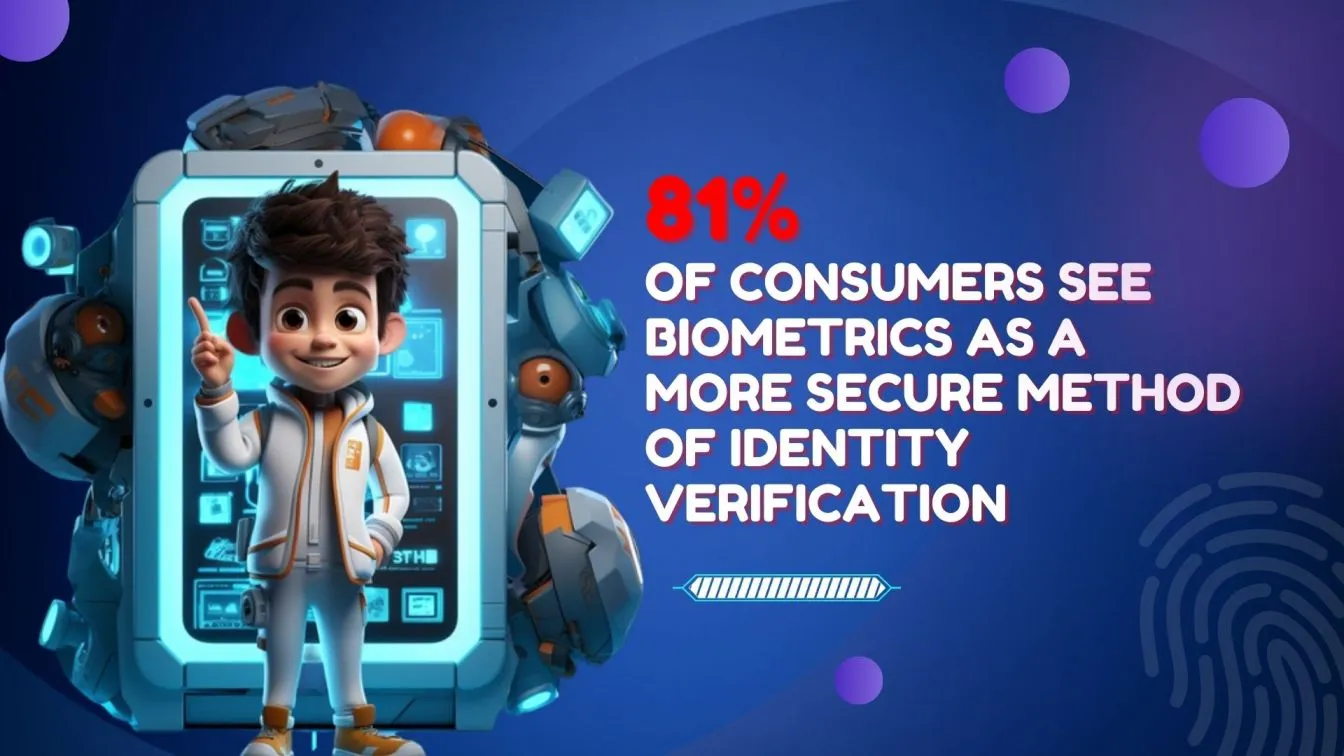
What is Biometric Authentication Testing?
Like any security system, biometric authentication needs regular maintenance to keep it functioning at peak performance. This is where biometric authentication testing comes in! Think of it as putting your biometric security system through a rigorous training session to identify any weaknesses and make it even stronger.
Biometric authentication testing involves a series of assessments to validate the system's:
Accuracy 👁️🗨️: Can the system correctly identify authorized users and reject imposters?
Reliability ⚙️: Does the system perform consistently under different conditions?
Security 🔒: Is the system vulnerable to spoofing attacks (like using a fake fingerprint) or other security threats?
Usability 👤: Is the system user-friendly and easy for everyone to use?
Here are some of the different types of biometric authentication testing to ensure a well-rounded security system:
Performance testing: Evaluates the system's ability to detect others fast and accurately.
Security testing: This evaluates the vulnerability of the system to different types of attacks in order to find and address flaws.
Usability testing: Validates an easy user interface by analyzing how simple it is for users to engage with the system.
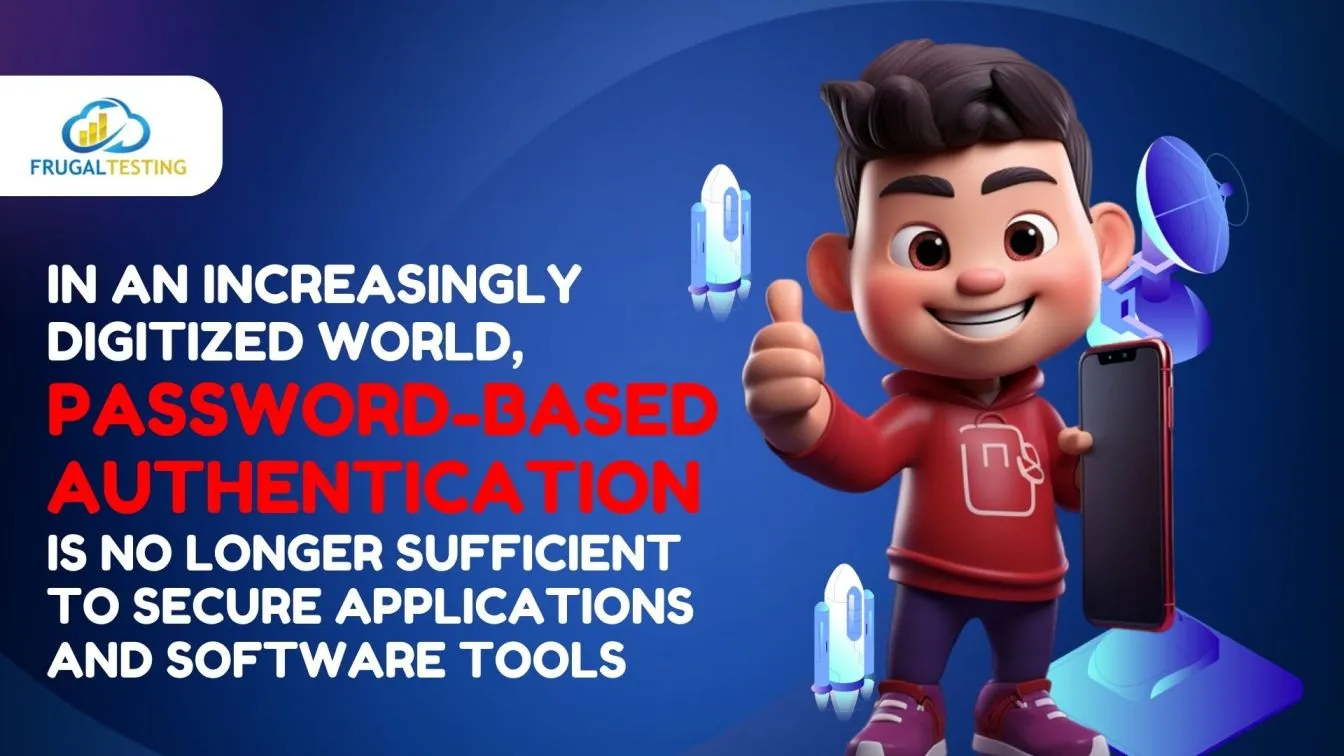
Why is Biometric Authentication Testing important? ️
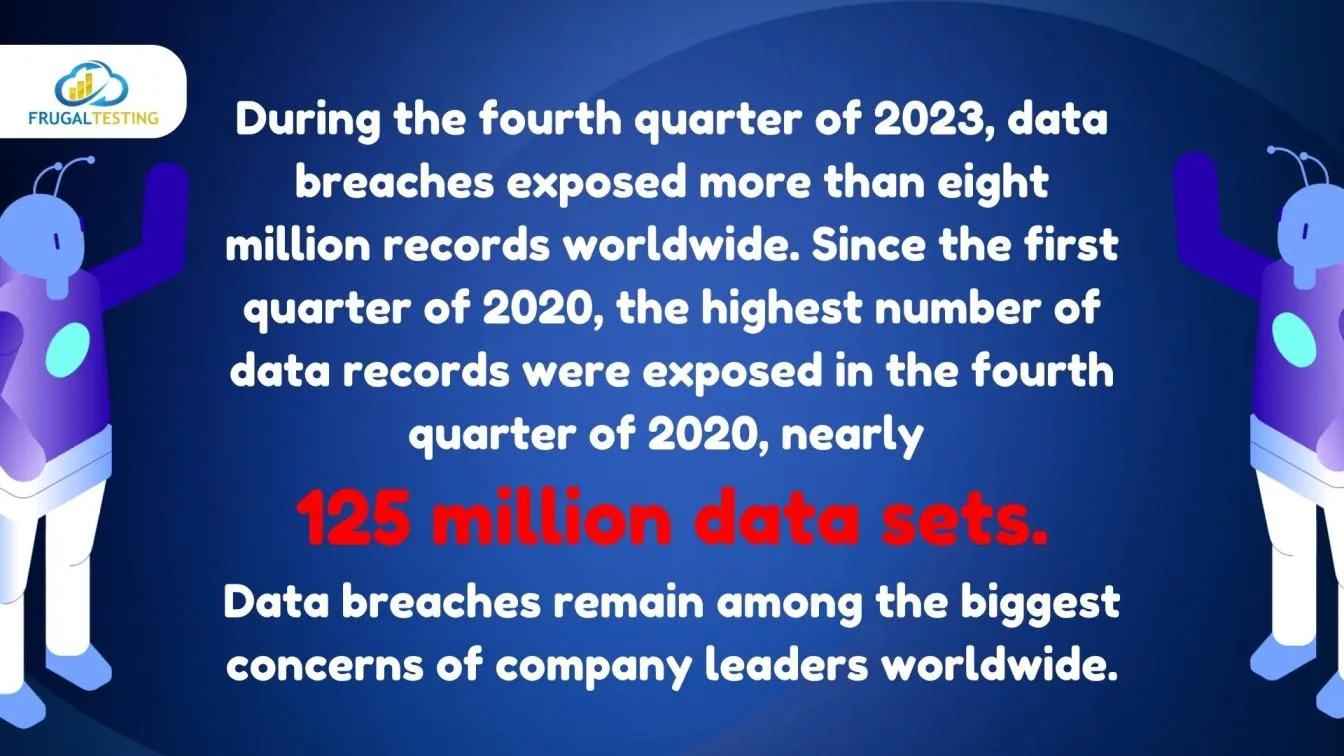
Biometric authentication offers a powerful security solution, but it's crucial to ensure it functions flawlessly.Testing serves as the shield for biometric systems, ensuring they work effectively and reliably.. Here's why testing is essential:
- Strengthens Security 🔒: Testing aids in locating and fixing security flaws in biometric systems. You may strengthen your security against potential threats and illegal access by patching these vulnerabilities.
- Increases User Confidence 🌟: Extensive testing verifies the precision and dependability of biometric systems. Users feel more trustworthy knowing that their identities are safely confirmed.
- Ensures Compliance 📜 : Testing is vital to following industry guidelines and laws pertaining to data security and privacy. This reduces the risks involving compliance and law that come with biometric authentication.
- Optimizes System Performance ⚙️: Testing assists in performance optimization in addition to problem discovery. You may develop biometric authentication systems that are more quickly, more accurate, and easier to use by recognizing areas that need development.
Imagine the following situation: Without performing proper testing, a financial company deploys a new facial recognition technological device. It is later found that under certain lighting conditions, the system has difficulties identifying users with specific face traits. Users may become frustrated as a result, and security lapses may occur.
Biometric authentication testing helps prevent such situations. By thoroughly evaluating the system, you can ensure it functions reliably and delivers a seamless user experience while maintaining the highest security Standards.

How does Biometric Authentication work? ️
Although biometric authentication isn't magical, at times it certainly feels that way! Discover the mystery of this cutting-edge technology and find how it can confirm your identity with a simple touch, look, or even voice.
Biometric authentication works, with multiple layers of security to confirm your identity:
- Capture: Specialized sensors act like high-tech gadgets, capturing your unique biometric data. This could involve a fingerprint scanner, facial recognition camera, or a microphone for voice recognition.
- Extract the Blueprint: Advanced algorithms act like codebreakers, extracting distinctive features from the captured data. Think of it like creating a blueprint of your fingerprint patterns, facial characteristics, or vocal signature.
- Match the Code: The extracted features are compared against stored templates in a secure database. These templates are like pre-programmed access codes created when you first enrolled your biometric data (like registering your fingerprint on your phone).
- Access Granted: Access will be granted if there is a perfect match between the attributes extracted with the saved template. Essentially, the system releases the physical or digital door to the safe place by recognizing you as the authorized agent.
A high degree of security is ensured by this multi-layered strategy, making it extremely difficult for unauthorized people to get access. It functions similarly to a private code that only you and the system know, or a secret handshake.🤝

Frequently tested Biometric Authentication types and techniques
There are many different security options available with biometric authentication, each with advantages and disadvantages of their own. Strict testing must be done to ensure the efficacy of these strategies. These are some often tried and tested biometric authentication techniques broken down:

Benefits of Biometric Authentication Testing
Though biometric authentication provides an effective safety solution, it is imperative to guarantee its proper working. The reliability and efficacy of biometric systems are protected by thorough testing. Here's a closer look at the key benefits of biometric authentication testing:
- Fortified Security🔒 : Testing plays a vital role in identifying and addressing security vulnerabilities within biometric systems. By patching these weaknesses, you create a more robust defense against unauthorized access and potential security threats like spoofing attacks (using fake fingerprints or facial recognition masks).
- Enhanced User Confidence💪 : Rigorous testing ensures the accuracy and reliability of biometric systems. This instills trust in users, knowing their identities are securely verified through a system that has been put through its paces. Users feel confident that their biometric data is safe and their devices or accounts remain secure.
- Assured Compliance 🔍: Testing is essential to following industry norms and laws pertaining to data security and privacy. As biometric data is regarded as sensitive information, testing makes sure systems abide by rules to minimize the dangers to the law and compliance that come with biometric authentication.
- Optimized System Performance 🚀 : Testing contributes to optimizing system efficiency in addition to problem identification. You may develop biometric authentication systems that are quicker, more accurate, and easier to use by identifying areas that need development. Testing can identify limitations or inefficiencies in techniques, sensor technology, or UI design, causing more seamless and effective user experiences.
- Reduce Costs💰: The long-term advantages may outweigh any initial testing expenses. You can avoid costly data breaches and security disasters by proactively detecting and fixing security flaws. Optimizing the system's speed can also result in lower support costs and increased user adoption.
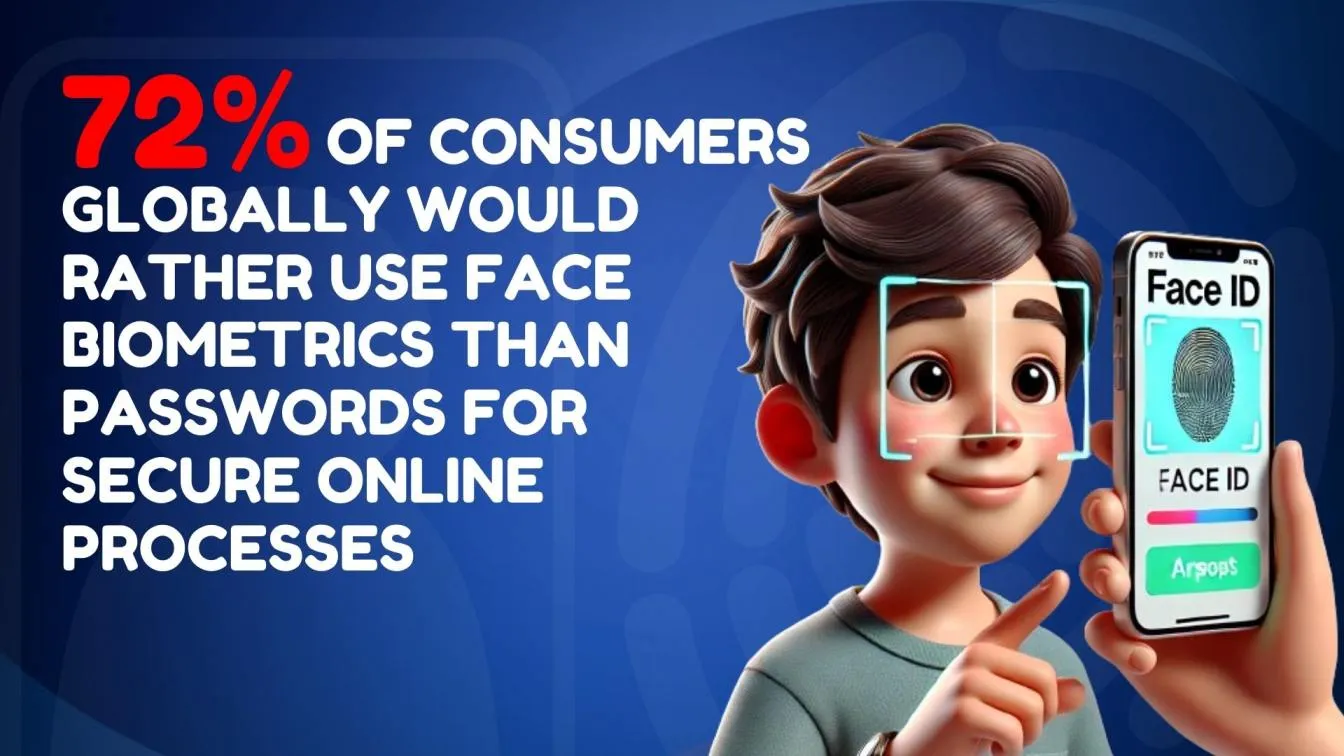
Some common Biometric Authentication Testing methods
Just like different locks require specific tools to test their security, various methods are employed to evaluate the effectiveness of biometric authentication systems. Here's an overview of some commonly used testing approaches, each with a definition and further explained with subcategories for a more in-depth understanding:
Performance Testing:
Evaluates the speed, accuracy, and scalability of a biometric system.
- Speed: Measures the system's ability to identify authorized users quickly.
- Accuracy: Assesses the system's capability to reject imposters accurately.
- Scalability: Evaluates how effectively the system responds to different demands and loads.
Security testing:
Determines how resistant the system is to various attack vectors.
- Spoofing Attacks: Tests resistance to fake biometric data like voice recordings or images.
- Vulnerability Exploitation: Identifies and addresses flaws in algorithms or sensors.
- Real-World Attack Simulation: Evaluates system durability by simulating real-world attacks.
Usability testing:
Focuses on how simple the method of verification is to use.
- Enrollment Ease: Evaluates simplicity in registering biometric data.
- Instructions Clarity: Ensures clear and understandable instructions.
- Accessibility: Confirms usability for individuals with disabilities.
Interoperability Testing:
Checks compatibility with other systems or platforms.
- Cross-System Functionality: Assesses integration with other systems.
- Data Exchange: Ensures seamless sharing of biometric data.
Liveness Detection Testing (Facial Recognition):
Ensures differentiation between live persons and static images or videos.
- Eye Movement Analysis: Confirms presence through eye movements.
- Blinking Detection: Identifies live persons based on blinking.
- Facial Expression Recognition: Analyzes facial expressions for interaction confirmation.
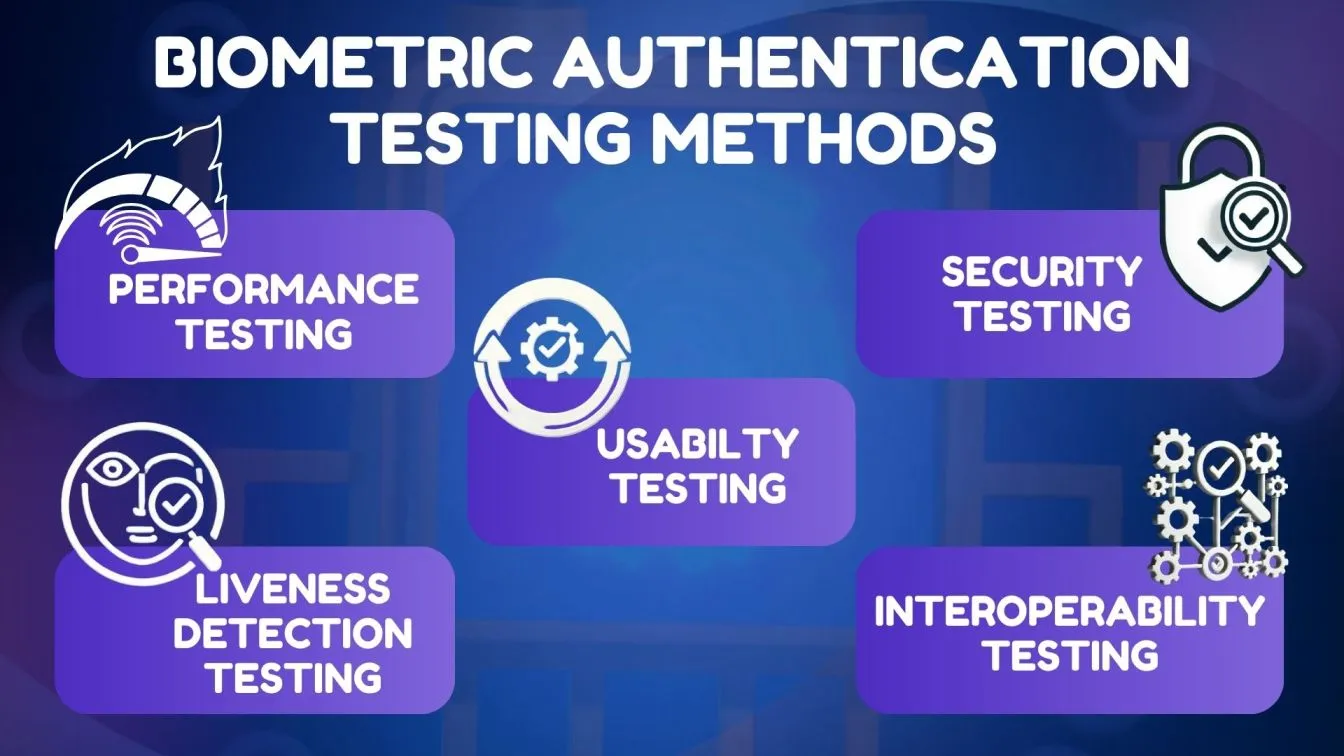
Challenges associated with Biometric Authentication Testing
While biometric authentication offers a powerful security solution, testing its effectiveness presents unique challenges. Here's a breakdown of some key hurdles testers encounter:
Biometric information is regarded as confidential and sensitive information. Privacy issues arise when user fingerprints, facial scans, or voice recordings are obtained and stored.
- Challenges: During testing methods, testers must make sure user data is anonymized and securely maintained and comply with relevant privacy laws regarding data, such as the California Consumer Privacy Act (CCPA) and the General Data Protection Regulation (GDPR).
Biometric systems can exhibit bias depending on the training data used.
- Challenges: Testing requires a diverse pool of user data representing different ethnicities, genders, and age groups to ensure the system performs accurately for everyone. Biased training data can lead to lower accuracy for certain demographics.
Simulating Real-World Scenarios (🌍):
Replicating the complexities of real-world environments can be difficult.
- Challenges: Testers must take into consideration variables that could affect system performance, such as changes in lighting, sensor angles, or user behavior (wet fingers, expressions on the face). It can be difficult to design a controlled testing environment that faithfully mimics actual circumstances.
Evolving Threats and Attack Vectors (⬆️):
As biometric technology advances, so do potential security threats.
- Challenge: As spoofing techniques and deep fake (manipulated videos) get more advanced, testers must keep up with the most recent changes in attack strategies in order to stay ahead of the game. To ensure that the system is still working in the face of shifting threats, security testing must be a continuous activity.
Balancing Security with Usability (⚖️):
Strict security measures might create a cumbersome user experience.
- Challenge: Finding the right balance between robust security and a user-friendly experience is crucial. Testing needs to consider user feedback and ensure the authentication process is both secure and convenient for all users.
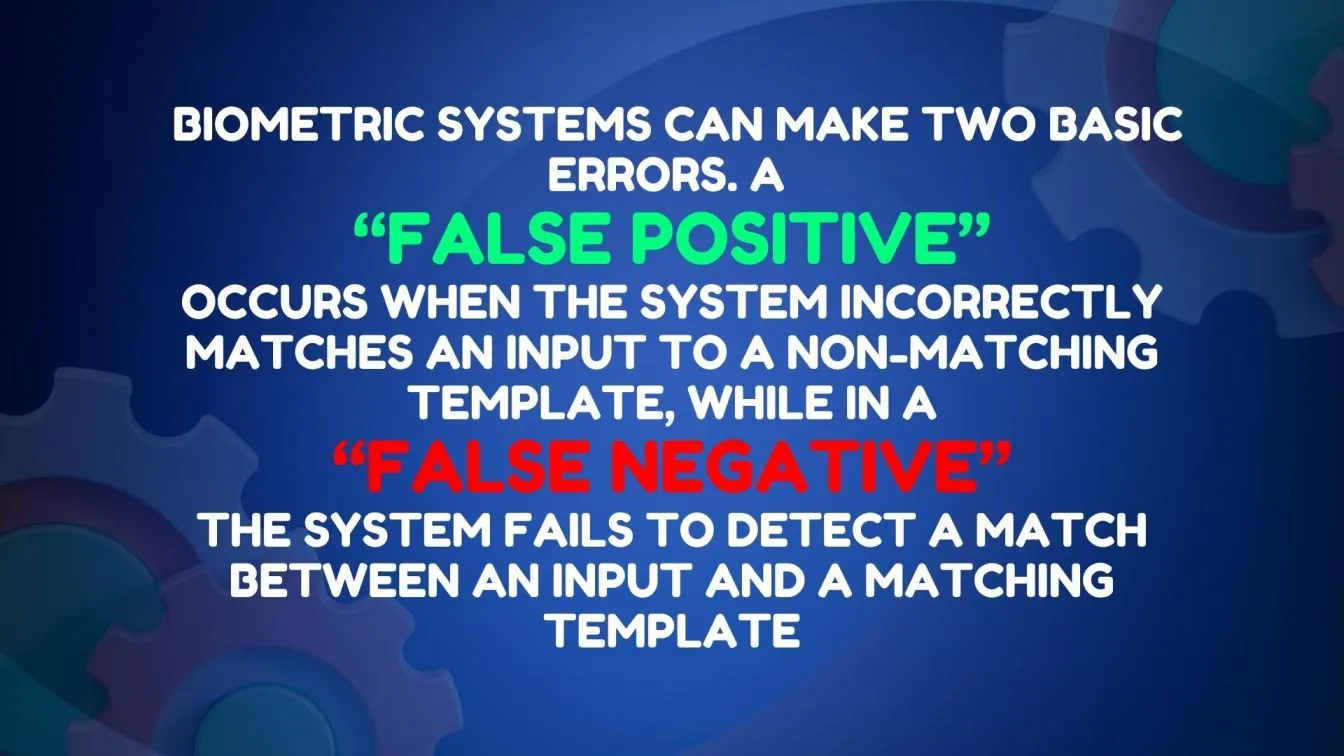
The fundamental steps involved in conducting a Biometric Authentication Test
.webp)
Biometric Verification on actual iOS and Android devices

Limitations of testing Biometric Authentication
While biometric authentication offers a powerful security solution, testing its effectiveness presents unique challenges. Here's a breakdown of some key limitations testers encounter:
Privacy Concerns:
- Data anonymization might limit testing scenarios (e.g., age impact on facial recognition).
- Regulations might restrict data collection/use for testing.
Data Diversity:
- Getting a truly diverse dataset can be expensive and difficult.
- Testing data that's not diverse can perpetuate biases from training data.
Real-World Simulation:
- Creating a perfect real-world testing environment is challenging.
- Simulations might not capture all potential real-world issues.
Evolving Threats:
- Predicting future attack vectors can be difficult.
- Testing methods might not keep pace with new threats.
Security vs. Usability:
- Focusing on security might overlook user-friendly experience issues.
- Balancing both requires careful, iterative testing.
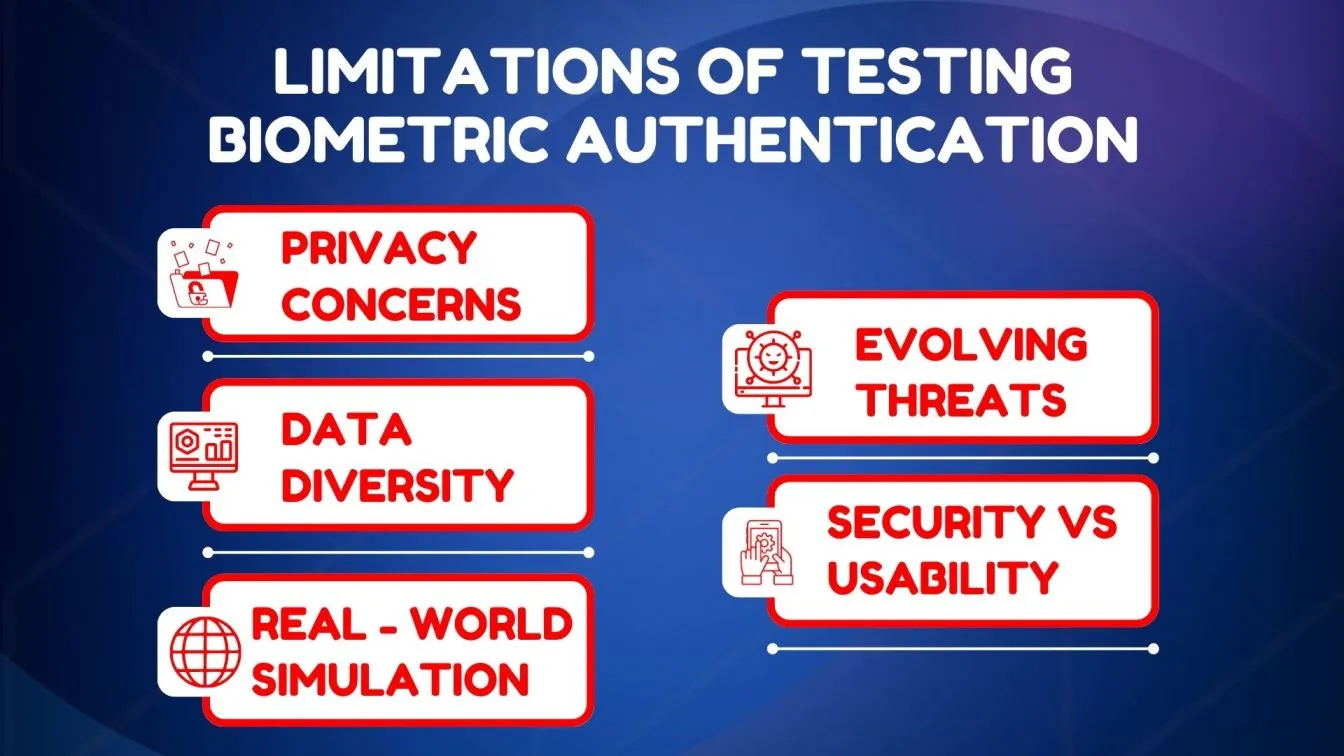
Future Trends in Biometric Authentication Testing
Biometric testing is evolving! Here's a quick look at some future trends:
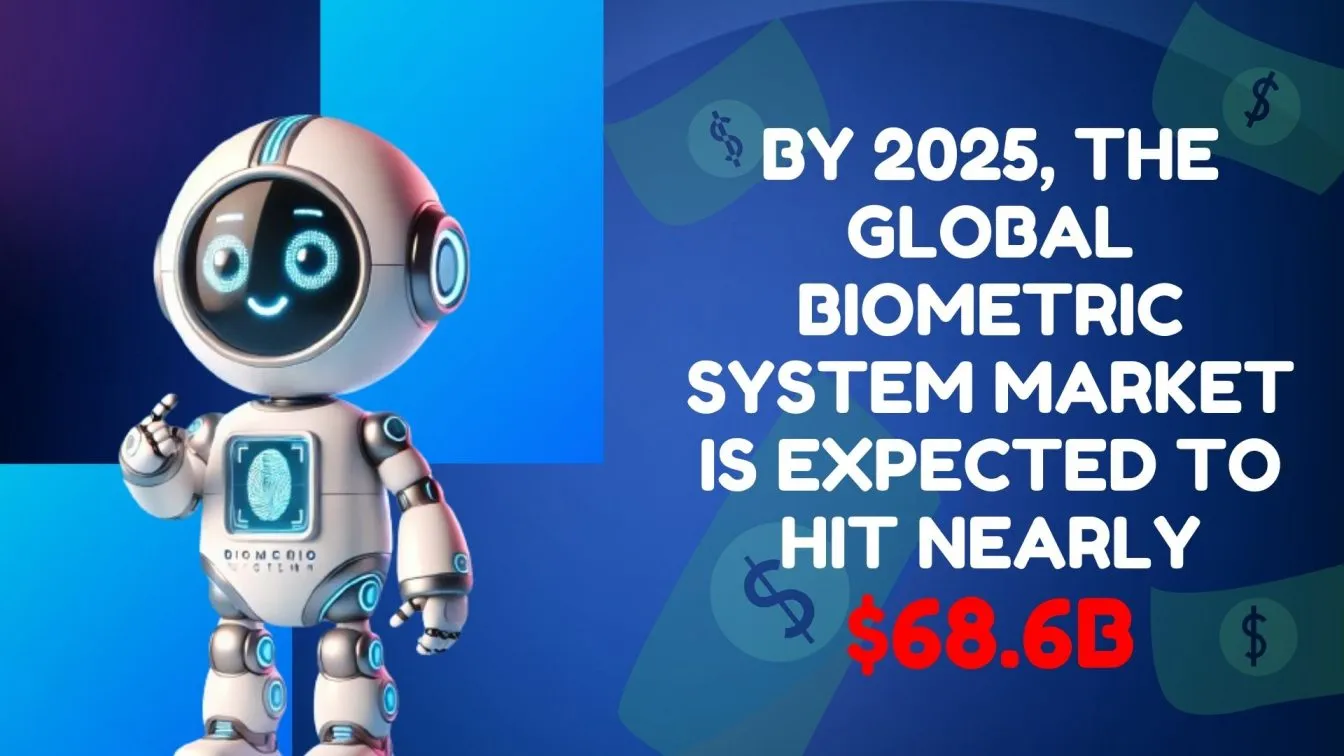
- Fake Data for Testing:
Creating realistic, fake biometric data (e.g., faces, voices) for testing without privacy concerns.
- AI Testers:
Smart AI testing platforms that learn and identify potential weaknesses in the system.
- Always on Guard:
Real-time monitoring for new security threats to stay ahead of attackers.
Testing how users behave (typing rhythm, walking style) to identify imposters.
- Testing with Privacy:
New methods to test biometric systems effectively without compromising user privacy
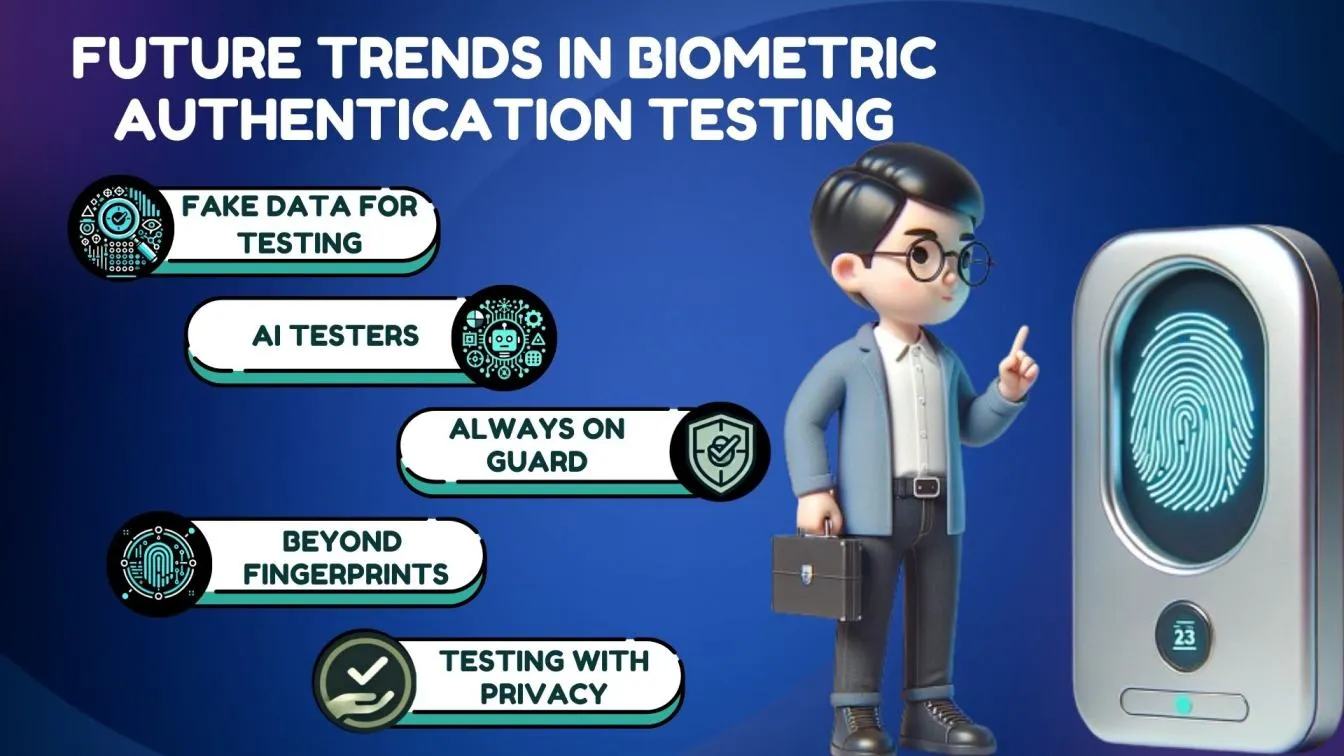
Conclusion
In summary, testing Biometric Authentication Systems is crucial for their security and reliability. Manual tests on real devices, including mobile ones like iOS and Android, help validate biometric features like fingerprint scanning.
Testing biometric systems on real devices is super important. When they work, it shows the system is strong. But when they don't, it's a sign we need to improve. Looking ahead, cool stuff like using AI for testing and keeping our privacy intact will make biometric security even better. And those Biometric Standards? They're like the quality check to make sure biometric products are Functioning Well.





%201.webp)

